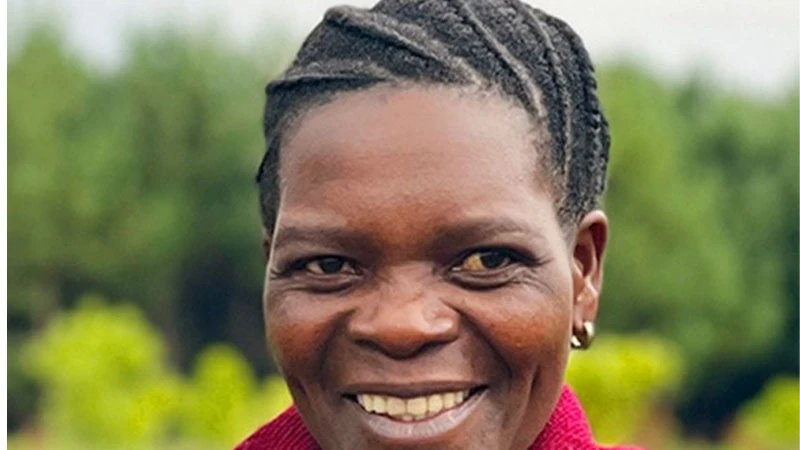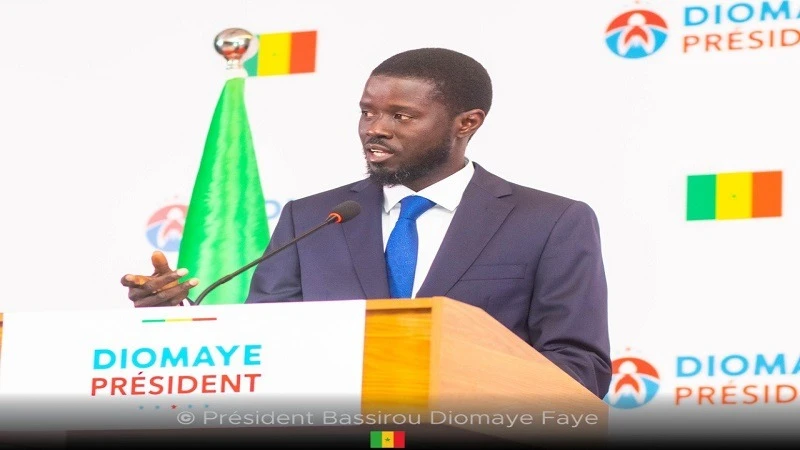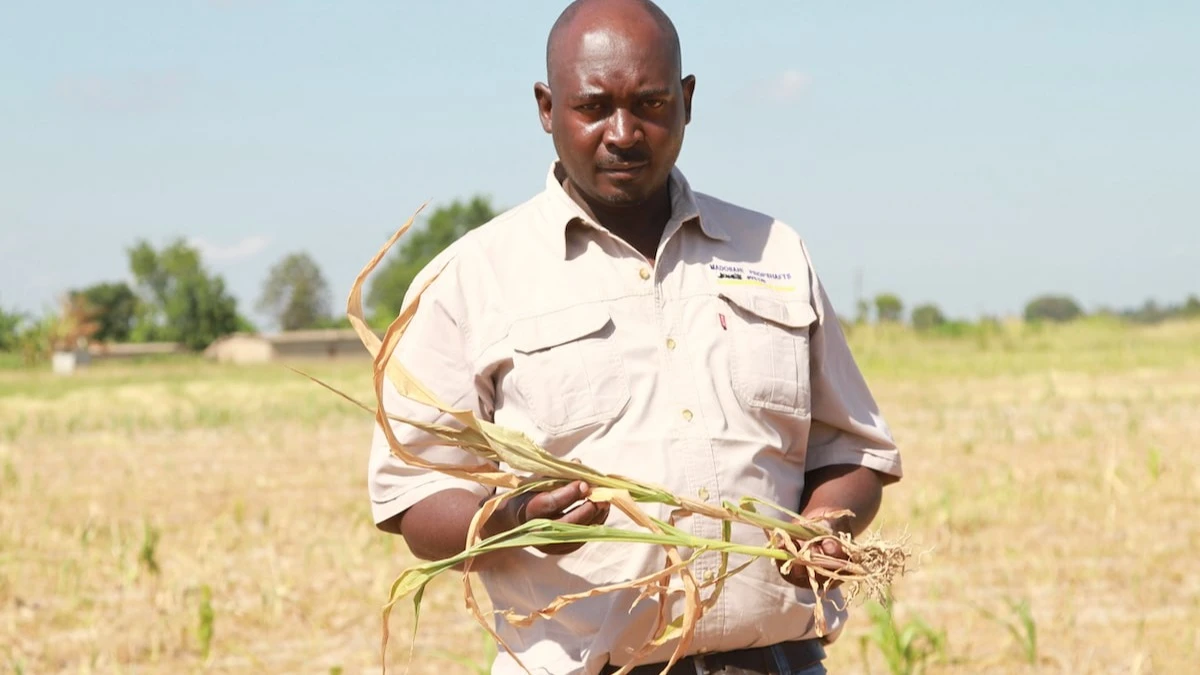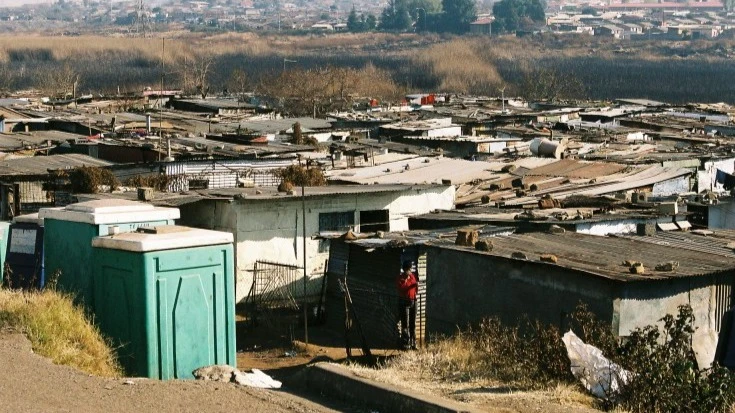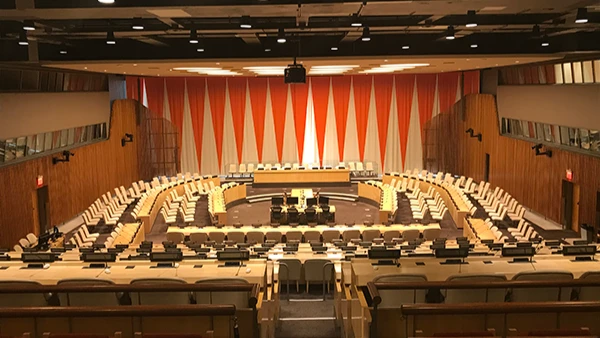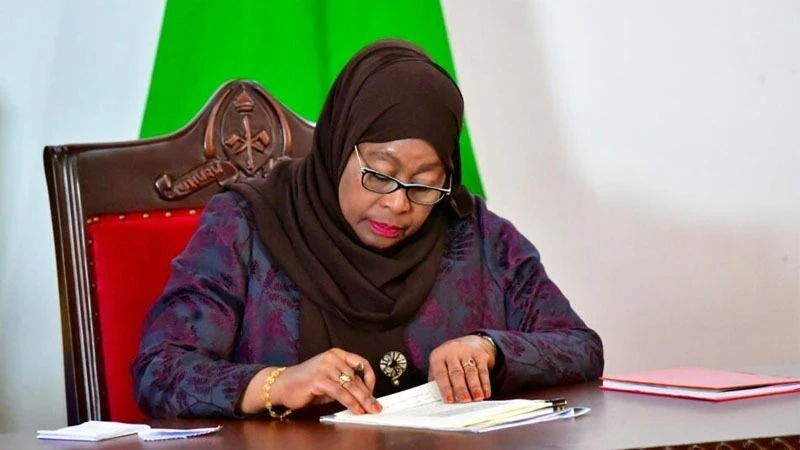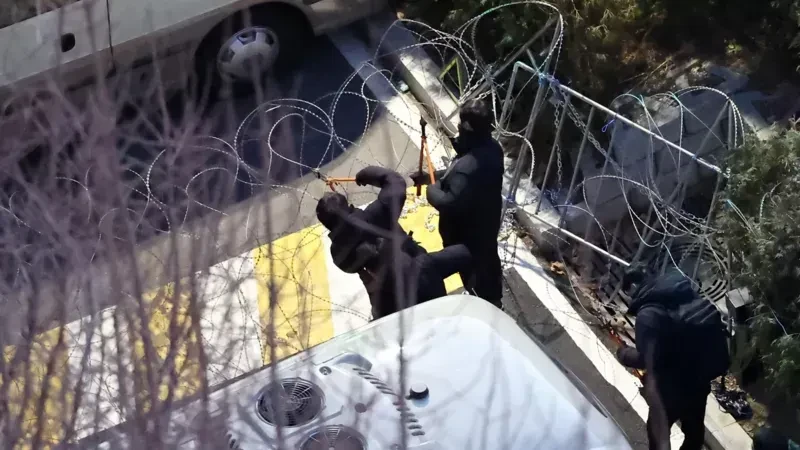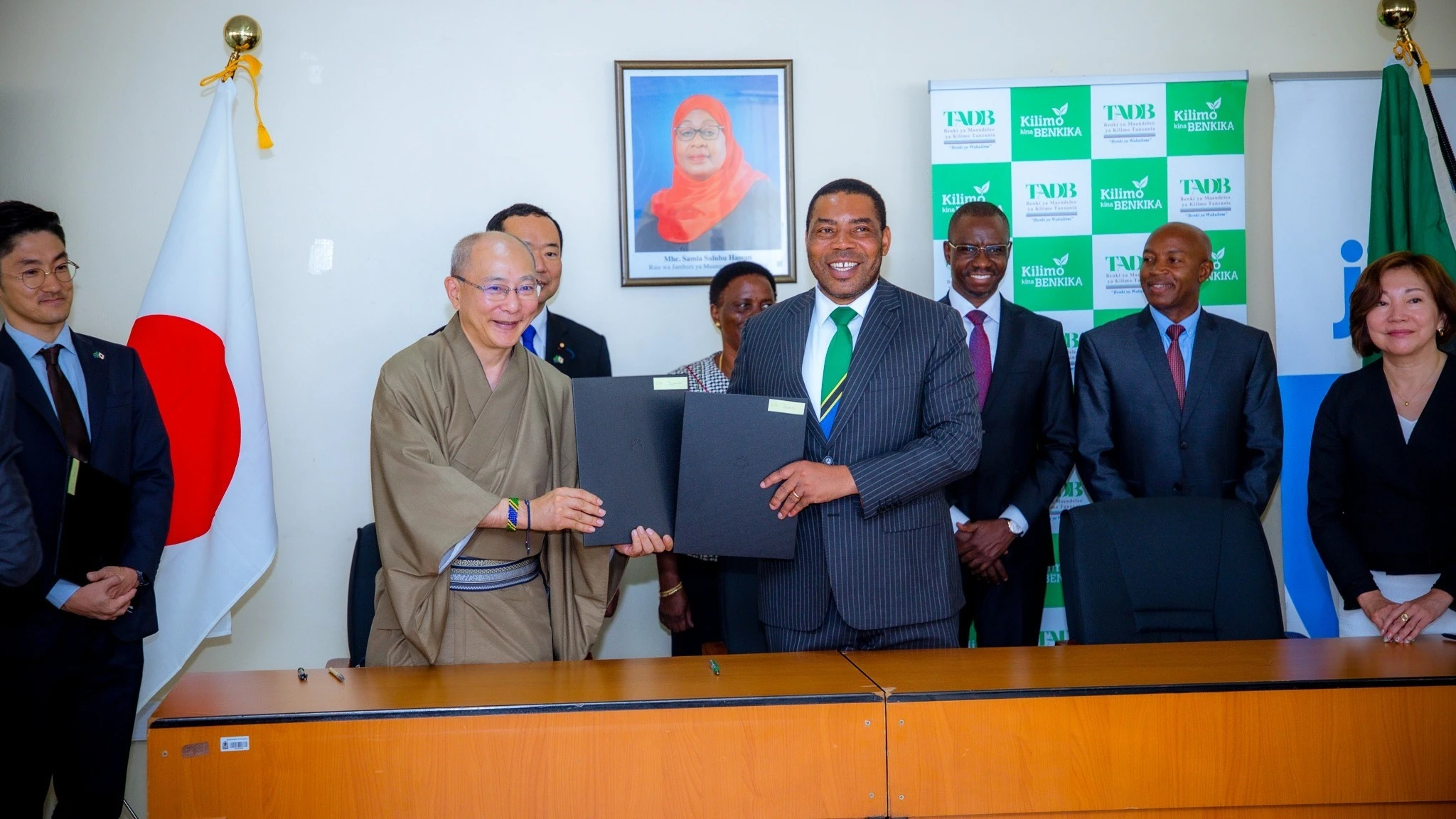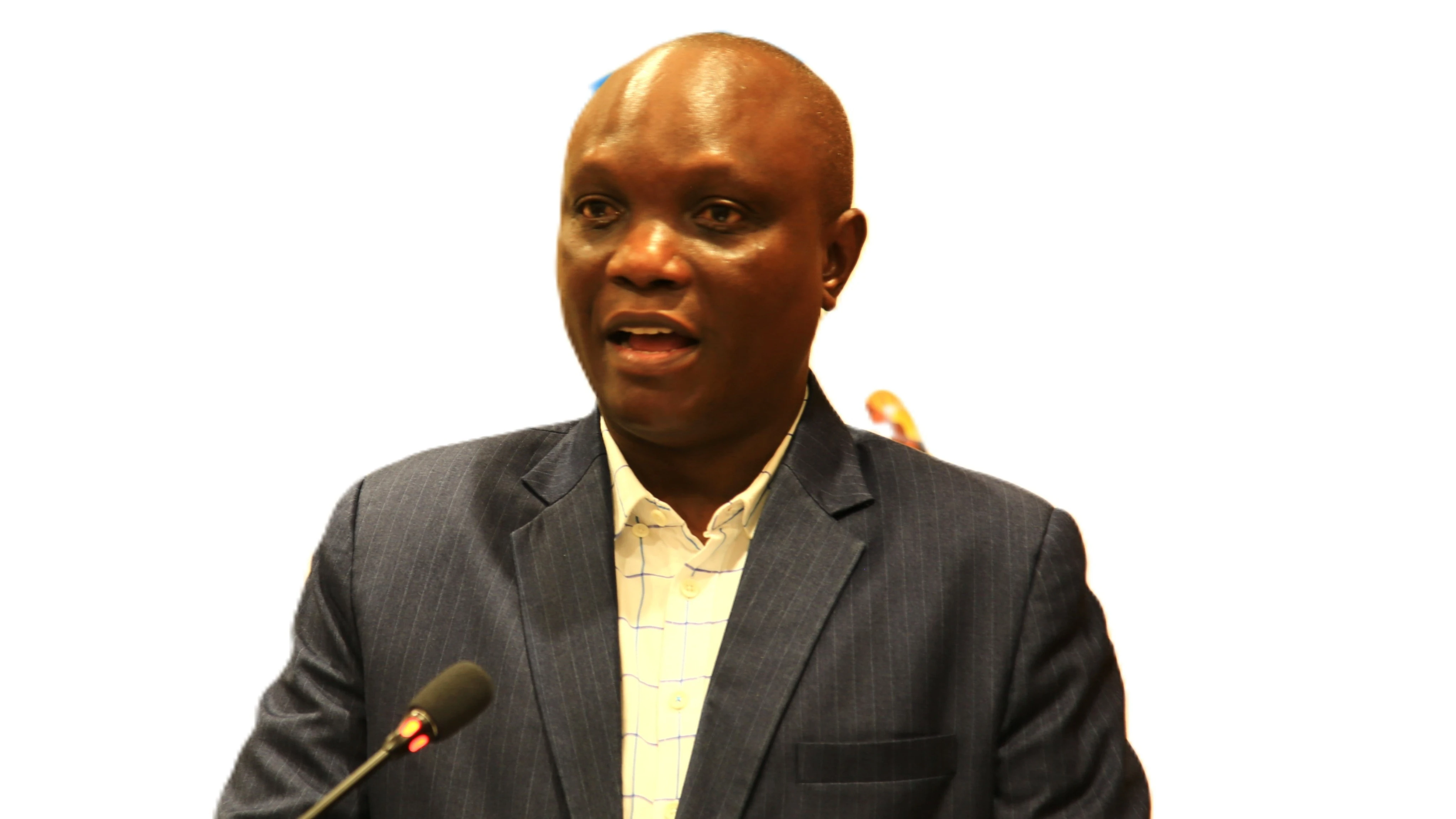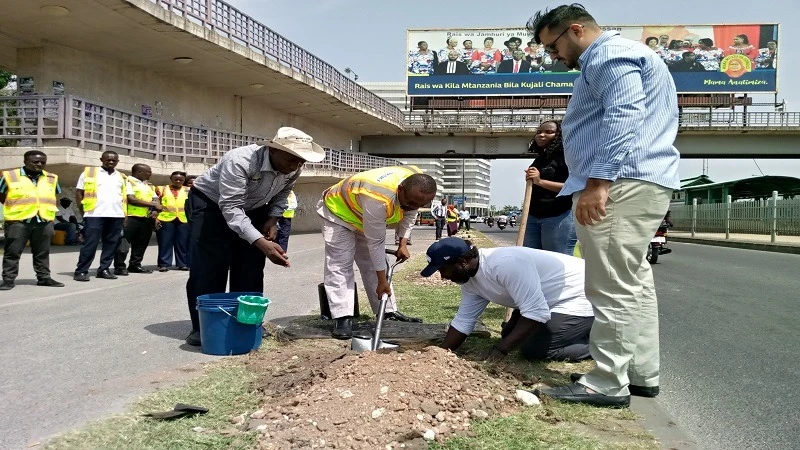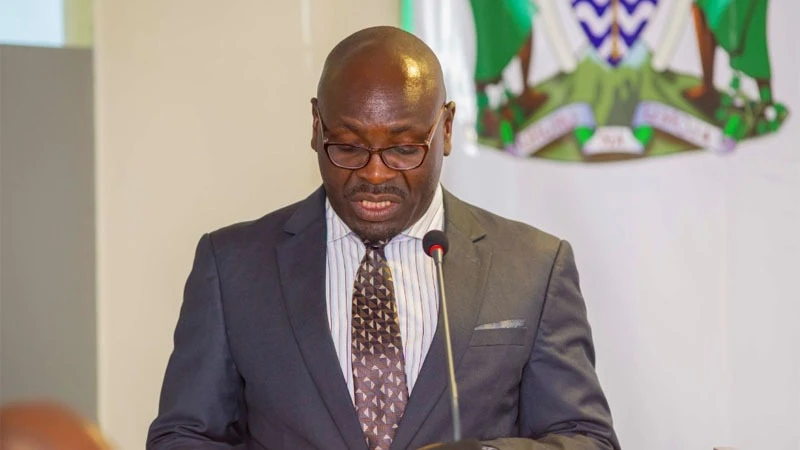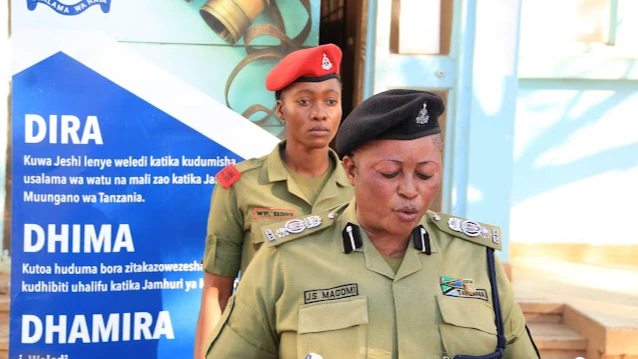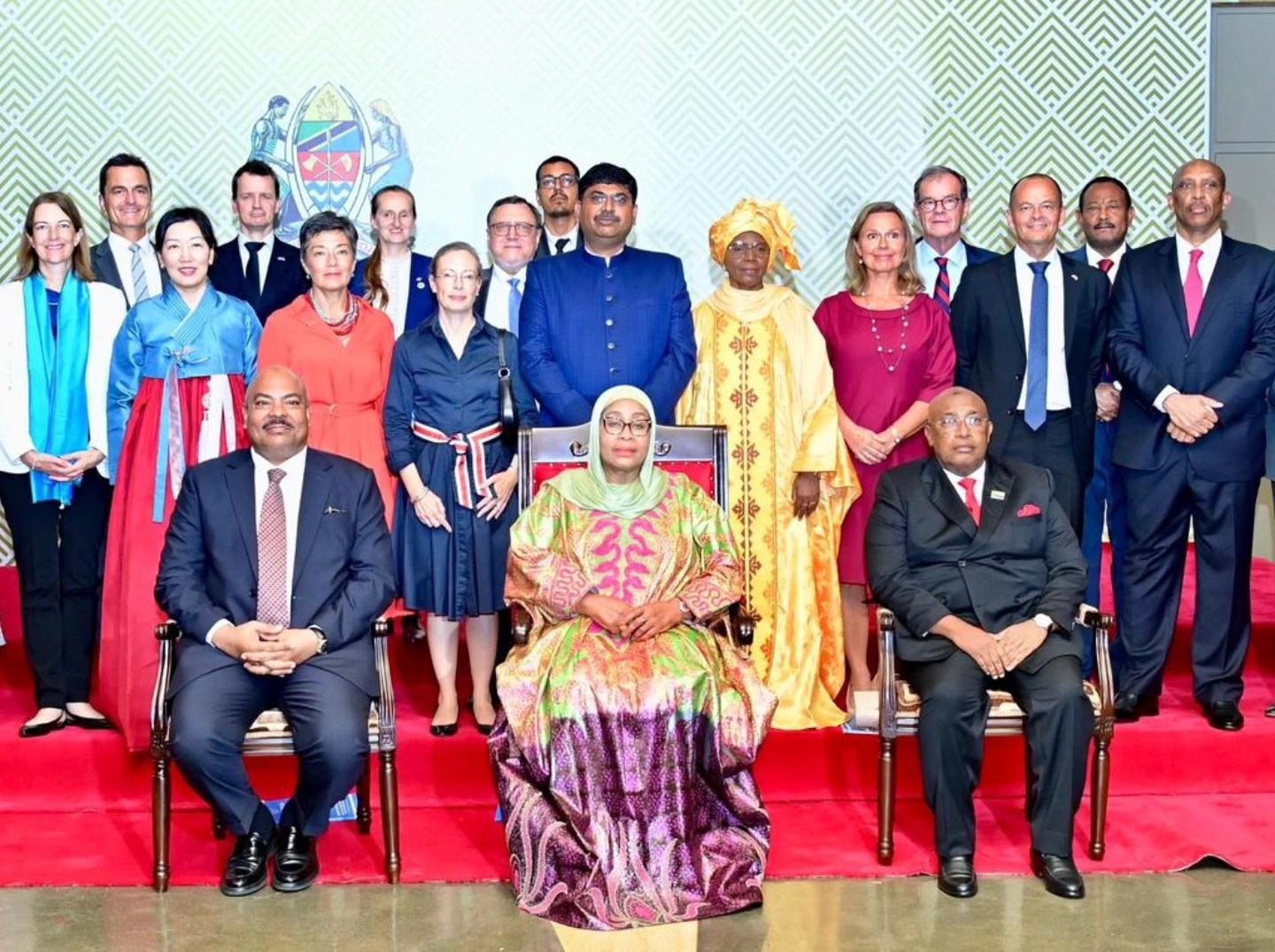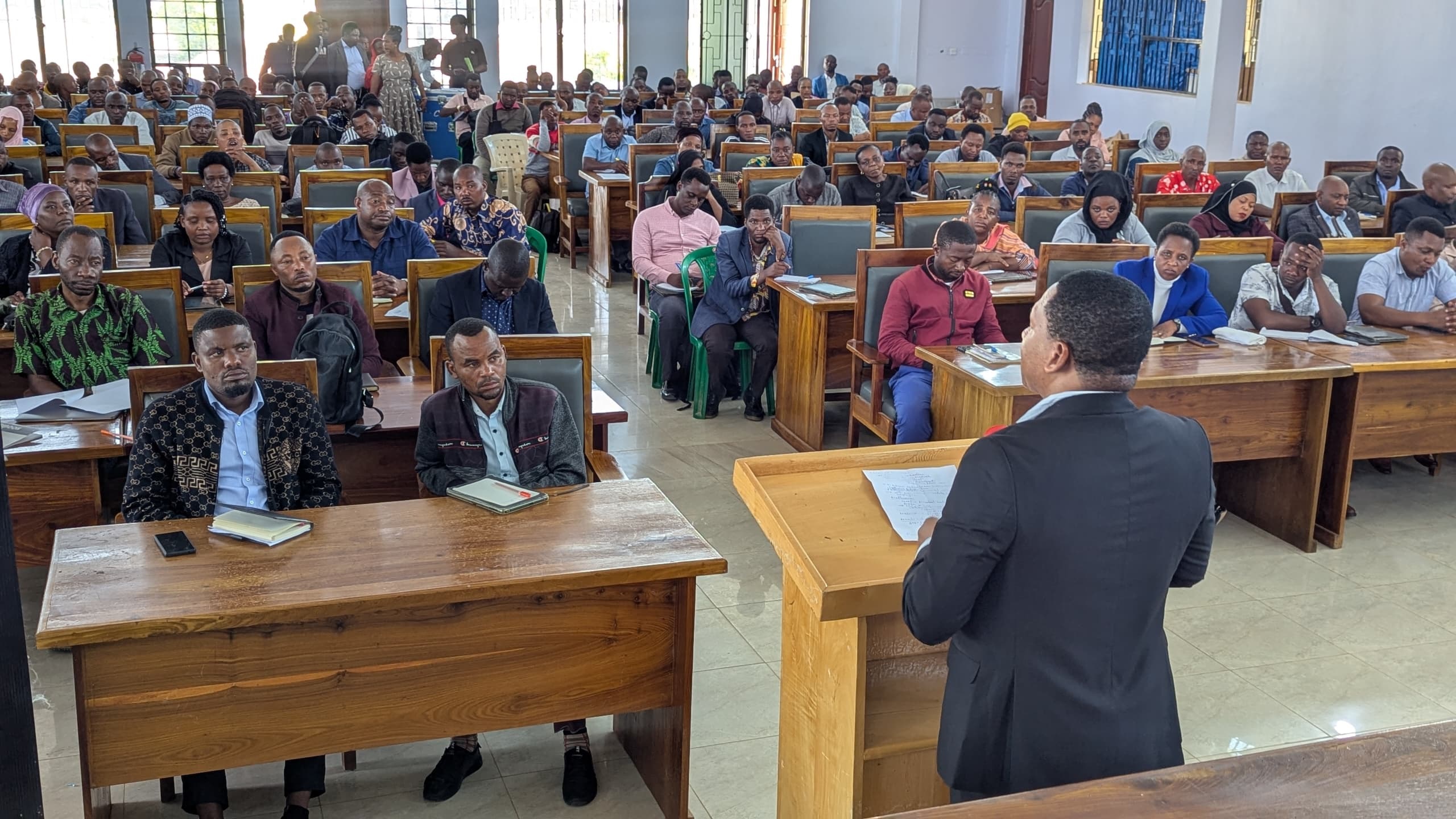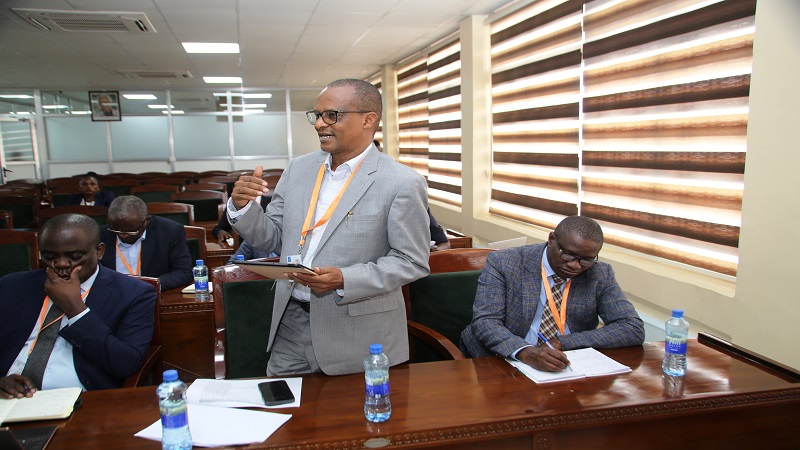Intercultural education as lifelong learning to promote unity in diversity

IN a world in which people from different cultures and nationalities live, work and interact together must develop skills and competences that promote their coexistence and interdependence. The kind of education that can help us learn to live together in our diversity is intercultural or multicultural education.
The spirit behind intercultural or multicultural education is to promote cultural diversity and see others not as a threat, but as fellow global citizens. It is about cultivating in us positive attitudes about people of cultures and nationalities and going beyond personal limitations that make people turn inwards and reserved to the extent of failing to appreciate others and reach out to them.
If these skills and competencies are not cultivated from childhood people may learn them at a later stage, but they might have harboured cultural prejudices which may be difficult or may take a long time to overcome. Exposure to other cultures may help individuals perceive others more positively than when they don’t have such an opportunity. Thus, we can say that we are all challenged to be open to other people lest we turn inwards and develop negative attitudes and tendencies towards others.
Nowadays people speak of how the world has become like one village and have become global citizens who are open to cultural differences and people from other nationalities. In many parts of the world in general, and in Africa in particular, trading markets such as East African Community (EAC), Southern African Development Community (SADC), Economic Community of West African States (ECOWAS), Common Market for Eastern and Southern Africa (COMESA), Economic Community of Central African States (ECCAS), Community of Sahel-Saharan States (CENSAD), Arab Maghreb Union (AMU) and African Continental Free Trade Area (AfCFTA) promote cross-border trade and the movement of people, goods and services. Regional grouping or integration is a form of multiculturalism.
United Nations Economic Commission for Africa (EAC) report of 2019 titled “Assessing Regional Integration in Africa (ARIA): Next Steps for the African Continental Free Trade Area” says AfCFTA aspires towards deepening the integration of the African continent beyond merely a free trade area. Its objectives, among other things, are to create a liberalised market…through…negotiations, to lay the ground for the establishment of a Continental Customs Union and to contribute to the movement of capital and natural persons.
Agenda 63: The Africa We Want under aspiration 3.2.4: A peaceful and secure Africa it is states that “Under this aspiration, Africa is envisaged to emerge as a conflict-free continent with harmony among communities at the grassroots level and inter–state and intra-state wars eliminated and mechanisms put in place to prevent and/ resolve conflicts. Diversity (ethnic, religious, economic, cultural, etc) would be a source of wealth and accelerated economic growth rather than a source of conflict.”
Młynarczuk-Sokołowska (2013) in her article titled “Intercultural Education: from Theory to Practice” observes that “diversity in a multicultural society is often perceived as a threat, which leads to hostility and discrimination. In an intercultural society, on the other hand, interactions establish and regulate social relations and consequently intercultural communication.” The author suggests that intercultural competence includes knowledge, skills and attitudes that facilitate establishing friendly relations with people from different cultural backgrounds and nationalities.
Essentially, seeds of inculturalism or multiculturalism are already there what is needed is to let them sprout, failure of which we are sure of being xenophobic.
Xenophobic tendencies in society are a result of people who perceive themselves as having more rights than others due to lack of exposure and openness to others. According to Peter Ottuh (2020), it involves attitudes of fear, jealousy, hatred, negative perceptions, distrust, and manifestation through acts of violence or discrimination.
As human beings, we should bear each other and see each other interdependent. When people start perceiving others as a threat to them, it means they are not open to others. They can be violent to others because they perceive them as a threat to them and so they can easily abuse them and wrongly justify it. Mlambo (2019) as quoted in Peter Ottuh (2020)’s article titled “Xenophobia in Africa: origins and manifestations” suggests that “the manifestation of xenophobia undermines social cohesion, peaceful co-existence, and good governance as well as constituting a violation of human rights.”
Hussein Solomon and Hitomi Kosaka (2014) in their article titled “Xenophobia in South Africa: Reflections, Narratives and Recommendations” express similar views as those of Peter Ottuh (2020). Thus, it is good to do something about xenophobia, lest it overtakes us and turns us into violent persons.
Through intercultural education learners come to respect and celebrate diversity, promote equality and challenge any form of discrimination. This is the direction of our education we must take if we really want to live as global citizens, otherwise we won’t be positive about other people and this negative attitude will make us remained closed up in our own little boxes.
Top Headlines
© 2025 IPPMEDIA.COM. ALL RIGHTS RESERVED


